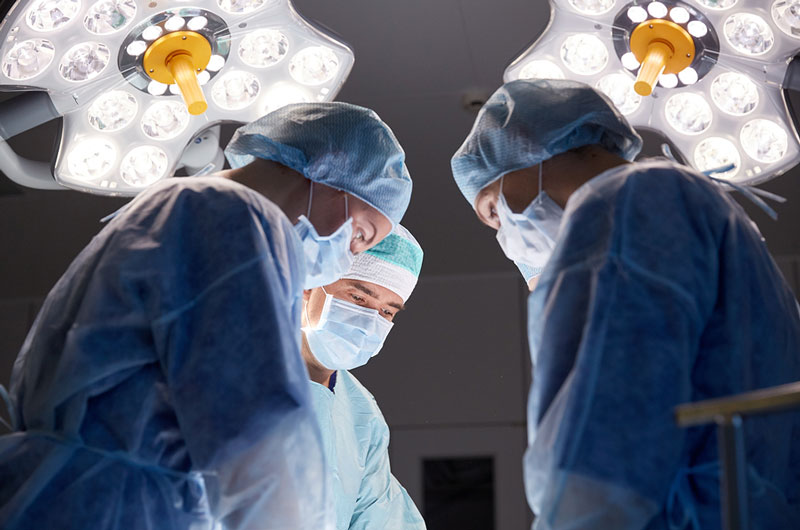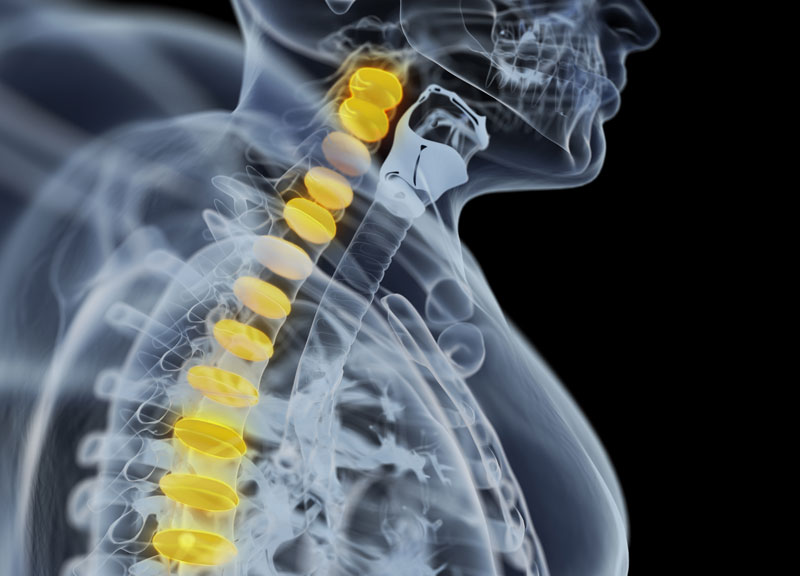An Overview
A stroke is a condition that occurs due to interruption with or reduction of blood supply to a part of brain depriving brain tissue of oxygen and nutrients. The brain cells start dying within minutes. A stroke is a medical emergency. Hence, prompt treatment is crucial. Only early action can reduce chances of brain damage and potential complications.
Symptoms
- Trouble with speaking and understanding
- Confusion (slur words or difficulty understanding speech)
- Paralysis or numbness of the face, arm or leg
- Trouble with seeing in one or both eyes (blurred or blackened vision in one or both eyes)
- Seeing double.
- Severe, sudden headache accompanied by vomiting
- Dizziness
- Altered consciousness
- Trouble with walking (stumble or experience sudden dizziness)
- Loss of balance
- Loss of coordination
When to see a doctor
Seek immediate medical attention if you notice any of the above listed signs or symptoms of a stroke.
You need to think “FAST” and do the following:
Face – Ask the person to smile. See if one side of the face droops.
Arms – Ask the person to raise both arms. If one arm drift downward or the person is unable to raise one arm up, call doctor.
Speech – Ask the person to repeat a simple phrase. Slurred or strange speech is a symptom of stroke.
Time – Don’t waste time and call doctor if you observe any of these signs.
Common Types of Stroke
Ischemic stroke
Around 85%, strokes are ischemic strokes. The arteries to the brain gets narrower or blocked, resulting in reduced blood flow (ischemia). The most common ischemic strokes include:
- Thrombotic stroke
- Embolic stroke
Hemorrhagic Stroke
It occurs when a blood vessel in the brain leaks or ruptures. Most of the patients may suffer from brain hemorrhages. Types of hemorrhagic stroke include:
- Intracerebral hemorrhage
- Subarachnoid hemorrhage
Transient ischemic attack (TIA)
It is a ministroke or a brief period of symptoms similar to those in a stroke (less than 5 minutes). One must seek emergency care even if the symptoms seem to clear up. TIA increases risk of having a full-blown stroke.
Risk Factors
The following increases risk factors for stroke:
- High blood pressure (120/80 millimeters of mercury (mm Hg).
- Overweight
- Physical inactivity
- Binge drinking
- Cigarette smoking
- Exposure to secondhand smoke
- High cholesterol.
- Diabetes.
- Obstructive sleep apnea
- Cardiovascular disease
- Personal or family history of stroke, heart attack
- Age 55 or older
- Race (African-Americans)
- Gender (Males)
Complications
Sometimes, a stroke may cause temporary or permanent disabilities. This depends on how long the brain lacks the flow of blood flow and the part that was affected. The complications may include:
- Paralysis or loss of muscle movement
- Difficulty talking or swallowing
- Memory loss or thinking difficulties
- Emotional problems (depression)
- Pain
- Numbness or strange sensations in parts of bodies affected by stroke
- Sensitivity to temperature changes
- Changes in behavior
- Changes in self-care ability
Diagnosis
The emergency team at Premier Brain and Spine will evaluate the type of stroke and the areas of brain affected by the stroke in order to determine the most appropriate treatment. The doctors also want to rule out any other possible causes of symptoms, such as a brain tumor or even a drug reaction. The doctor may various tests to determine stroke risk including:
- CT scan of brain tissue damaged by stroke
- Cerebral angiogram
- Physical examination
- Blood tests
- Computerized tomography (CT) scans
- Magnetic resonance imaging (MRI)
- Carotid ultrasound
- Cerebral angiogram
- Echocardiogram
Treatment Options
For Ischemic Stroke
Emergency Treatment – This depends on whether the patient is suffering from ischemic stroke blocking an artery. This is known to be more common types of strokes. It involves a hemorrhagic stroke involving bleeding into the brain. The doctors should immediately restore flow of blood to brain in order to treat ischemic stroke.
Medications – In emergency cases, the clot-busting drugs should be given within 3 hours (into the vein). Quick treatment improves chances of survival and reduce complications. The patient may be given aspirin or intravenous injection of tissue plasminogen activator (TPA) according to the severity and type of condition.
Emergency Procedures – Doctors may treat ischemic strokes with procedures that need to be performed quickly, depending on blood clot features. Some of these include medications delivered directly to the brain, mechanical removal of the clot, carotid endarterectomy, and angioplasty and stents.
For Hemorrhagic Stroke
Emergency treatment for a hemorrhagic stroke is aimed at controlling bleeding and minimizing pressure in the brain. Doctors may suggest surgery to reduce future risk.
Emergency Measures – Patients can take warfarin (Coumadin) or anti-platelet drugs (clopidogrel Plavix) to prevent blood clots. Drugs or transfusions of blood products will be given to counteract effects of blood thinners. Drugs to lower pressure in the brain (intracranial pressure), lowering blood pressure, prevention from vasospasm or seizures will also be given. Supportive medical will be given once the bleeding in brain stops.
Other treatment options include:
- Surgical blood vessel repair
- Surgical clipping
- Coiling (endovascular embolization)
- Surgical AVM removal
- Intracranial bypass
- Stereotactic radiosurgery
Recovery and Rehabilitation Process
This follows an emergency treatment. The care after stroke is aimed at helping patient regain strength, recover as much function as possible. The doctors will try their best to help patients return to their independent living as soon as possible. The overall impact of stroke depends on the specific region of the brain involved. The doctors will also take into consideration the amount of tissue damaged.
When a stroke affects the right side of the brain, the movement and sensation on left side of the body may get affected. In case, stroke damages the brain tissue on the left part of the brain, the patient experience problem with sensation and movement on the right side of your body. Speech and language disorders are developed due to brain damage to the left side.
The patient experiences problems with swallowing, breathing, vision, and balancing. Most stroke survivors are recommend a rehabilitation program. It is usually a rigorous therapy program one can handle based on age, overall health and degree of disability resulting from stroke. The doctor will also assess patient’s lifestyle, priorities, interests and availability of family members / caregivers.
The rehabilitation program may start before the patient leaves the hospital in a rehabilitation unit.
Since each patient experiences a different kind of stroke, the treatment team may include the following keeping in mind the condition of the patient:
- Doctor trained in brain conditions (neurologist)
- Rehabilitation doctor (physiatrist)
- Nurse
- Chaplain
- Dietitian
- Occupational therapist
- Physical therapist
- Speech therapist
- Recreational therapist
- Social worker
- Case manager
- Psychologist, or psychiatrist




